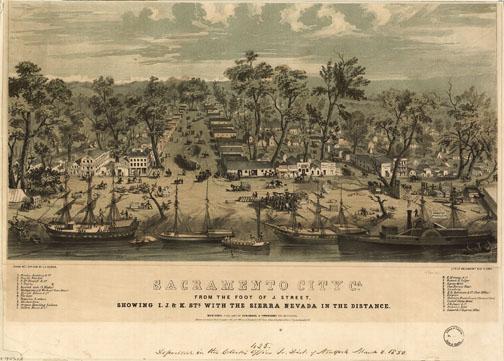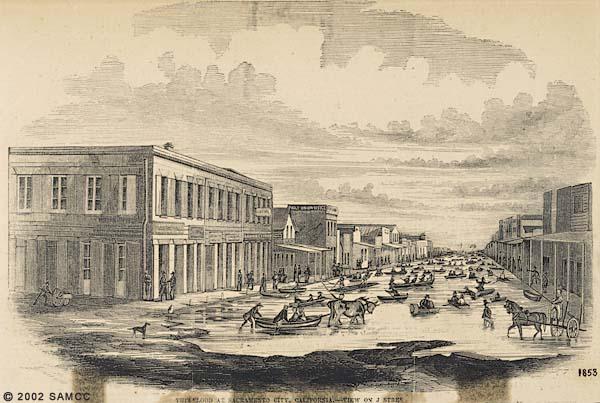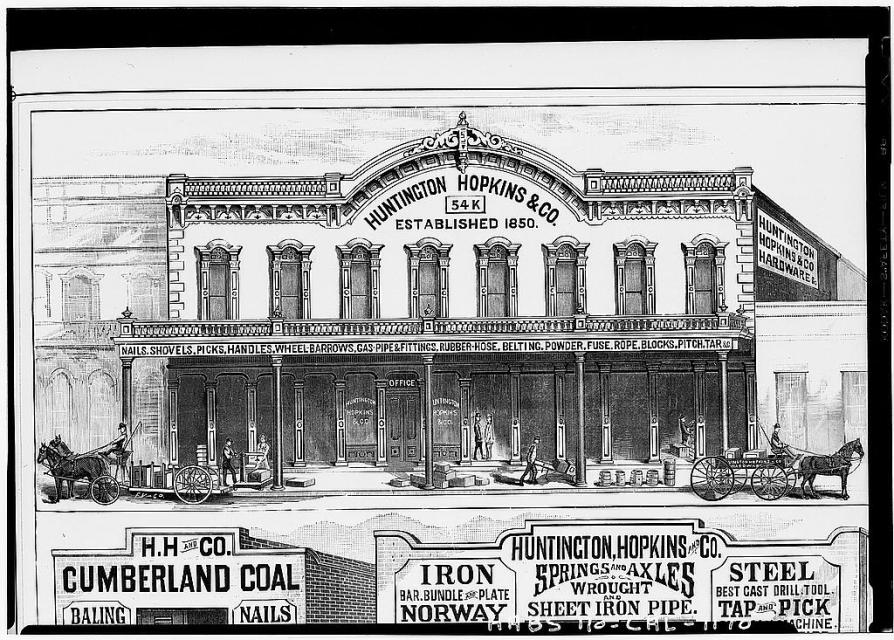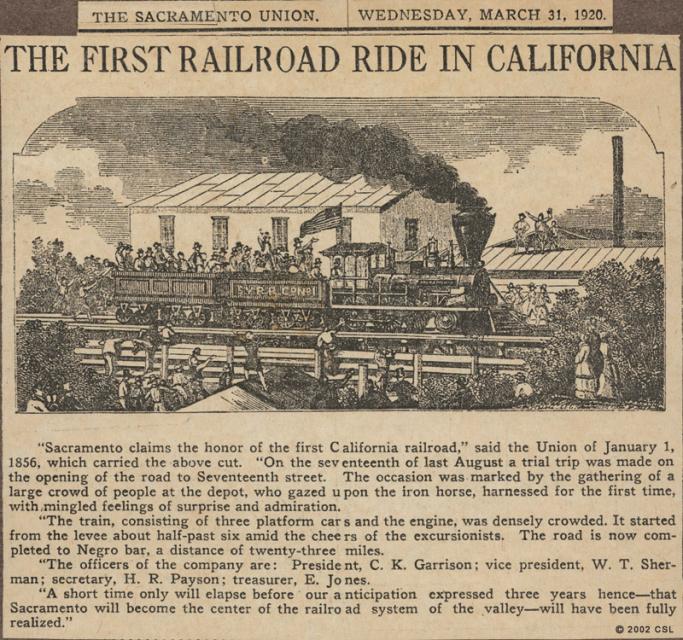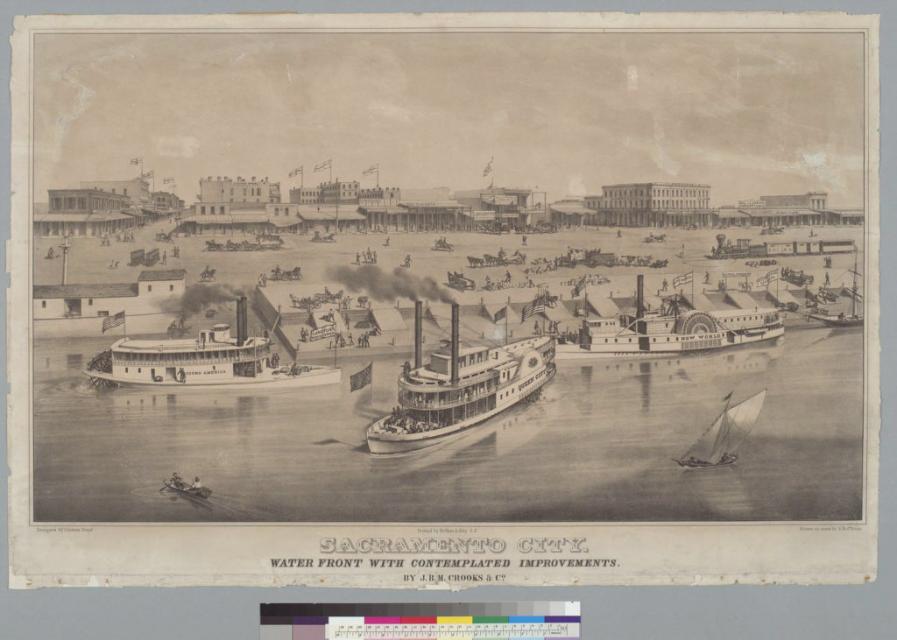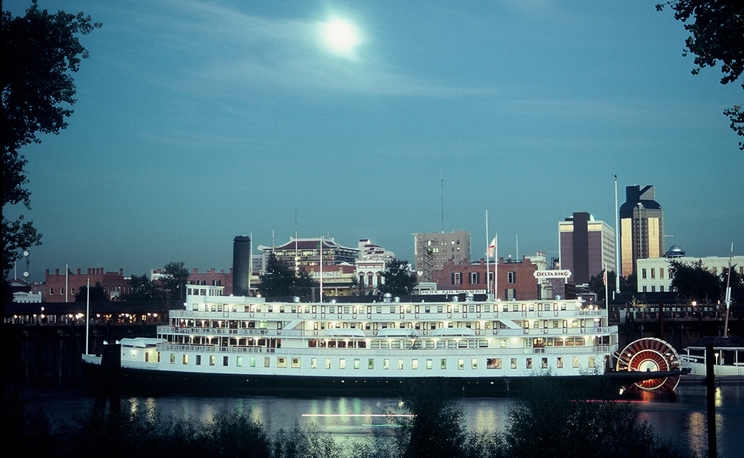History
History
In 1839 John Sutter arrived on the shore of the American River near its confluence with the Sacramento River. With the promise of a Mexican land grant, Sutter and his landing party established Sutter’s Fort. As the settlement grew and became permanent, it attracted other businessmen looking for opportunities. Sutter and the people he attracted created a commercial center in the area, but it was the Gold Rush in 1848 that created the City of Sacramento.
When gold was discovered in the nearby foothills by James Marshall, local merchant Sam Brannan rushed to open a store near the Sacramento River to take advantage of the convenient waterfront location. What was then called Sutter’s Embarcadero was soon known as the City of Sacramento. The city rapidly grew into a trading center for miners outfitting themselves for the gold fields.
Early Sacramento’s waterfront location was prime for commercial success, but was prone to severe flooding. The city also fell victim to repeated fires engulfing its hastily constructed buildings composed mainly of wood and canvas. In 1850 the new city experienced its first devastating flood and in 1852 the city was again wiped out by high water. It was apparent that drastic measures would have to be taken if it was to be saved.
In 1853 a mammoth project was proposed to raise the city above the flood level. The ambitious and expensive proposal was not fully accepted until another devastating flood swept through the city in 1862. Within a few years, thousands of cubic yards of earth were brought in on wagons and the daring scheme to raise the street level began. The original street level can be seen throughout Old Sacramento under the boardwalks and in basements.
The center of the commercial district gradually moved east and the original part of the city on Sutter’s Embarcadero became known as the worst skid row west of Chicago. Reformers, ministers, politicians and others spoke out against conditions in this part of the city, but little was done to change the basic conditions.
In the mid-1960s, a plan was set forth to redevelop the area and through it, the first historic district in the West was created. Today, with 53 historic buildings, Old Sacramento has more buildings of historic value condensed into its 28 acres than most areas of similar size in the West. Registered as a National and California Historic Landmark, the properties in the district are primarily owned by private owners, with individual businesses leasing shops and offices. The area has flourished and is once again a thriving commercial trade center.

